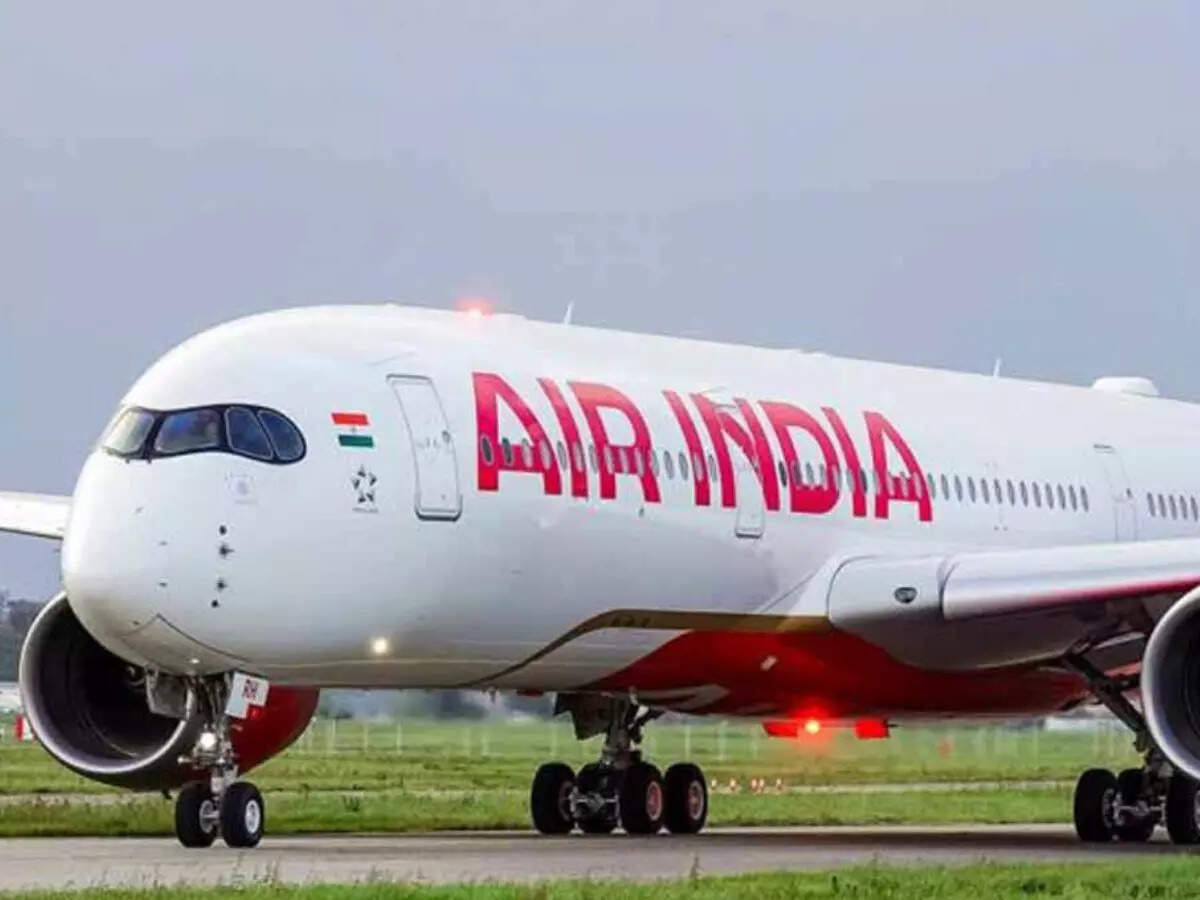The Union Ministry of Road Transport and Highways will change its approach. It will collaborate with states to set flexible targets for infrastructure projects. States can now choose projects based on their priorities and approvals. This aims to speed up project completion and avoid delays. The center has set targets for highway construction and asset monetization.
A New Road Ahead: Rethinking India’s Highway Construction Strategy
For years, India’s highway construction has been driven by ambitious, centrally dictated targets. Think of it as a top-down approach, with the central government setting the pace and states scrambling to keep up. But what if we flipped the script? What if states themselves took the wheel, charting their own course based on local needs and priorities? That’s precisely what’s happening, and it could be a game-changer for India’s infrastructure development.
The central government is shifting away from rigidly fixed highway construction targets, empowering states to identify and prioritize projects that truly matter to them. This move signals a significant departure from the established norm, promising faster execution and a more streamlined approach to infrastructure development. Instead of a one-size-fits-all strategy, we’re entering an era of customized solutions, tailored to the specific needs of each region.

Why the Change? Addressing the Bottlenecks
The old system, while well-intentioned, often led to bottlenecks and inefficiencies. Projects were sometimes selected based on national-level objectives, without fully considering the ground realities and specific requirements of individual states. This could result in delays, cost overruns, and even projects that didn’t fully address the most pressing local needs.
Imagine a state desperately needing better connectivity between its agricultural heartland and major markets. Under the previous system, that project might have been lower in priority compared to a project aimed at connecting two major urban centers, even if the latter was less crucial for the state’s overall economic growth. This new approach aims to rectify such imbalances, allowing states to focus on projects that deliver the greatest impact for their citizens and economies.
States in the Driver’s Seat: Prioritizing Local Needs
The beauty of this decentralized approach lies in its potential to unlock faster execution. States are now better positioned to navigate local challenges, such as land acquisition and environmental clearances, which have historically been major stumbling blocks for highway projects. By empowering states to take ownership, the central government hopes to accelerate the pace of infrastructure development across the country.
This shift also fosters a sense of accountability and ownership at the state level. When states are responsible for selecting and prioritizing projects, they are more likely to ensure their efficient implementation and long-term sustainability. This can lead to better planning, improved resource allocation, and a more responsive approach to addressing emerging infrastructure needs.
Faster Execution of India’s Priority Projects
The impact of this policy shift could be profound. We could see a surge in infrastructure development in underserved regions, boosting economic growth and creating new opportunities for local communities. Improved connectivity could also facilitate the movement of goods and services, reduce transportation costs, and enhance the competitiveness of Indian businesses.
But it’s not just about speed; it’s about efficiency. By aligning project selection with local needs, the government can ensure that resources are used more effectively, maximizing the return on investment and delivering greater value for taxpayers.
Moreover, this new approach could encourage greater innovation in highway construction. States may explore different technologies and methodologies to optimize project delivery, taking into account the specific environmental and geographical conditions of their regions. This could lead to the adoption of more sustainable and resilient infrastructure solutions.
Looking Ahead: A Collaborative Approach
The success of this new strategy hinges on effective collaboration between the central government and the states. While states will have greater autonomy in project selection, the central government will continue to play a crucial role in providing funding, technical assistance, and overall policy guidance. It’s a partnership, where both entities work together to achieve the common goal of building a world-class highway network for India.
This shift is not just about constructing roads; it’s about building a better future for India. By empowering states to prioritize their own needs, the government is paving the way for a more prosperous, connected, and equitable nation. Thinking about related infrastructure upgrades? Consider learning about the [National Infrastructure Pipeline](internal-link-to-NIP-article).
Ultimately, the move towards state-driven priority projects in highway construction represents a strategic realignment, positioning India for more efficient and impactful infrastructure development. This is more than just building roads; it’s about building a stronger, more connected future for India.







